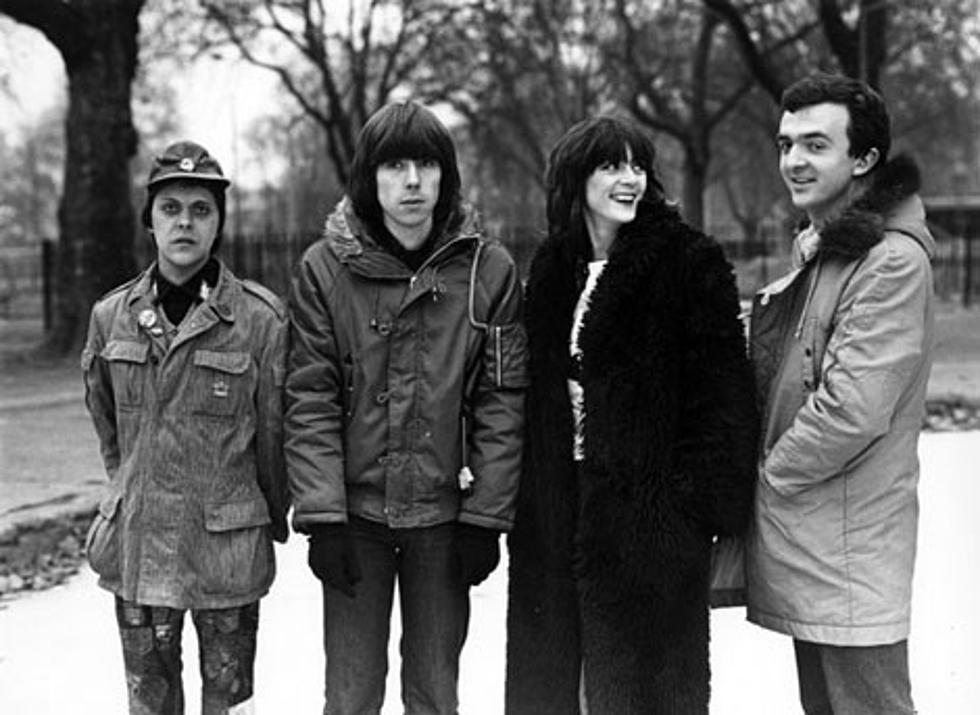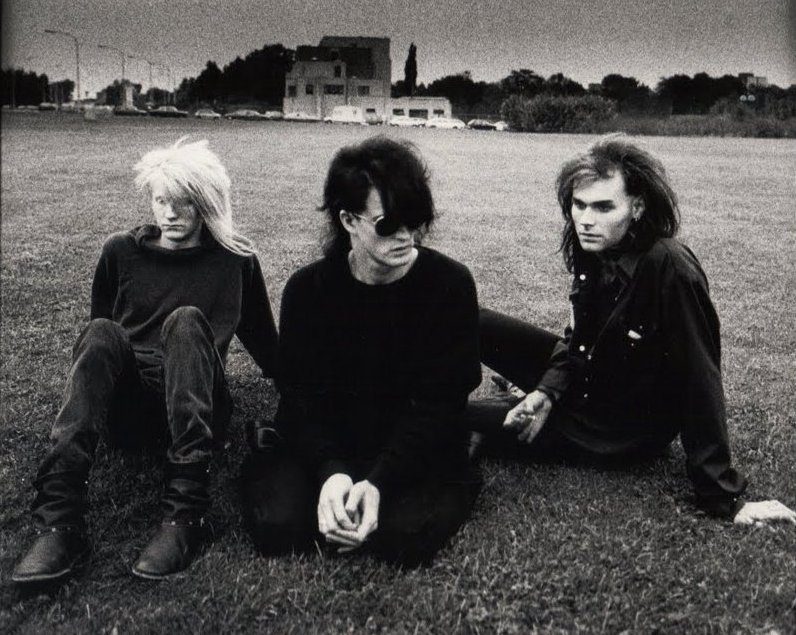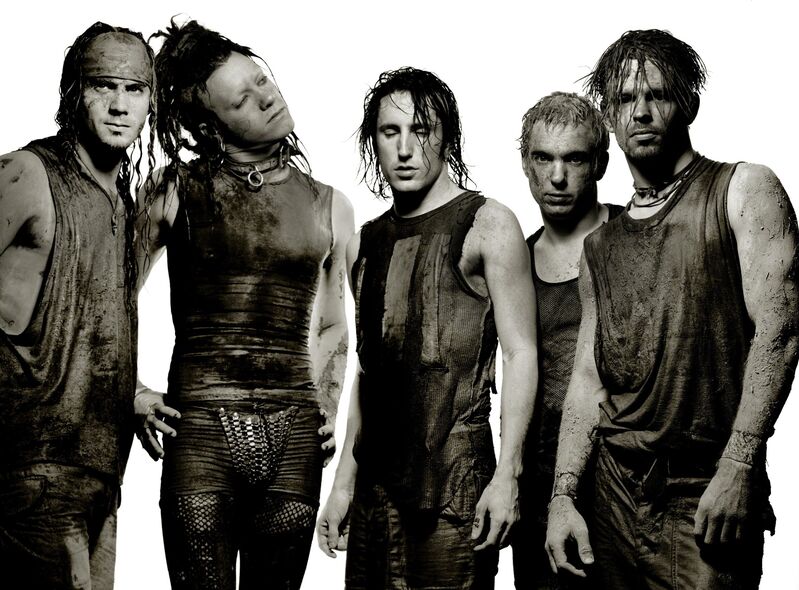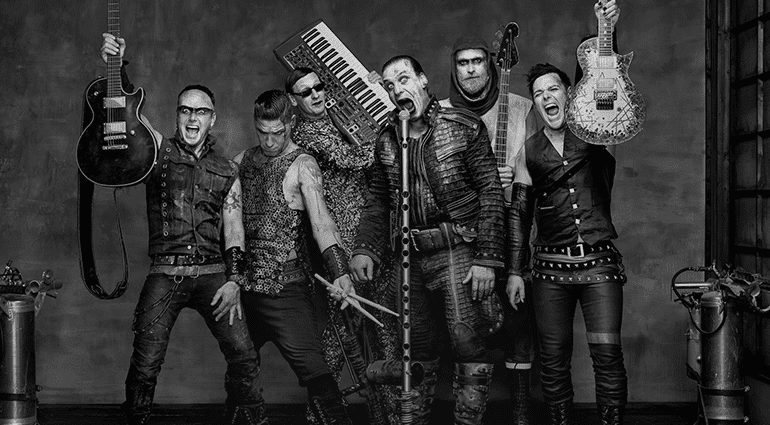Industrial music is an experimental genre originating in the 1970s. The genre emerged as some musicians sought to push the boundaries of mainstream entertainment. Disco and punk rock were the most popular sounds at the time. But the melodically driven style that dominated radio stations didn’t appeal to everyone. As a result, avant-garde artists created a counterculture movement based on more transgressive music. The genre that emerged blended harsher and more dissonant sounds with taboo lyrical content.
A Brief History
This new music category officially started when Genesis P-Orridge, Cosey Fanni Tutti, Peter Christopherson, and Chris Carter founded Throbbing Gristle. The band then launched Industrial Records. The record label would lend its name to the genre after one of its acts, Monte Cazazza, suggested adopting the battle cry “industrial music for industrial people” as its mission statement. In North America, the Chicago-based Wax Trax! Records and Nettwerk in Canada emerged as pivotal record labels and provided a home to influential acts KMFDM, Sister Machine Gun, Skinny Puppy, and Young Gods.

The record label would lend its name to the genre after one of its acts, Monte Cazazza, suggested adopting the rallying cry “industrial music for industrial people” as its mission statement.
What Makes Industrial Music Unique?

In its early beginnings, Industrial music was known for its aversion to standard instruments. Instead, music was composed by combining mechanical sounds, white noise, distorted vocals, and loops that were pieced together from physically cut tapes. As the genre grew and technology evolved alongside it, synthesizers and lo-fi sampling became more integral parts. The lyrical subject matter of industrial music is one of its most notorious hallmarks. Being provocative as possible is the lyrics’ intention. This can mean incorporating topics like pornography, the occult, mutilation, and torture. The simultaneous rise of transgressive fiction and success of authors like William S. Burroughs, Hubert Selby Jr., Kathy Acker, and Charles Bukowski played a role in lyrical content, with several musicians of the time citing them as influences. The resulting songs are gritty and raw, called anti-music by prominent English music journalist Jon Savage.
The simultaneous rise of transgressive fiction and success of authors like William S. Burroughs, Hubert Selby Jr., Kathy Acker, and Charles Bukowski was also said to have played a role in lyrical content, with several musicians of the time citing them as influences.
The shock value prevalent in lyrics also found its way to the stage. Performers produced intricate, theatrical concerts that leaned into disturbing visual content. In addition, performances heavily featured fascist and nazi symbolism, sadomasochism, and blood play. Public backlash often followed in the London press. After a particularly offensive show by Throbbing Gristle, Nicholas Fairbairn — at the time a Member of the U.K. Parliament — denounced the group and genre as “wreckers of civilization.”
Hitting the Mainstream

Like a lot of art forms once considered extreme, industrial music eventually crossed over to commercial success. During the mid-to-late 1980s, industrial music would give rise to several subgenres. Front 242 originated electronic body music in 1981. Shortly after, Skinny Puppy came up with their own interpretation dubbed electro-industrial. These subgenres maintained their predecessor’s dark subject matter and intense stage performances but featured sleeker production and pulled elements from experimental electronic music such as techno and drum and bass.
By the 1990s, industrial rock and industrial metal found mainstream recognition. Each genre contained elements of traditional rock and metal. Bands like Nine Inch Nails incorporated more melody and recognizable hooks into their songs, making them more radio-friendly and accessible to wider audiences. On the other hand, Marilyn Manson and Rob Zombie took a horror-centric and shock rock approach to their music and shows. By the end of the decade, Manson and Rob Zombie had achieved chart-topping success with platinum-selling albums. Nine Inch Nails album The Downward Spiral was incredibly successful, with 3.7 million albums sold. The string of mainstream success continued for artists inspired by Manson and Nine Inch Nails. Industrial metal bands Orgy and Powerman 5000 becoming staples on MTV’s Total Request Live.
Bands like Nine Inch Nails incorporated more melody and recognizable hooks into their songs, making them more radio-friendly and accessible to wider audiences. On the other hand, Marilyn Manson and Rob Zombie took a horror-centric and shock rock approach to their music and shows.
Present Day Industrial Music

The 1990s was the peak of industrial music as far as chart success. However, the scene is still going today. Nine Inch Nails and Rob Zombie continue to tour and record new music. Manson — who once claimed he robbed a grave in New Orleans to use bone remnants in his marijuana — remains a divisive figure in industrial rock. The Antichrist Superstar singer has struggled to separate his performance from his daily life, recently facing abuse allegations from multiple women.
Early bands of the genre like Ministry and Rammstein are also still active. Their influence can be heard in today’s electronic dance music. In addition, the performance art nature of live shows has led to a thriving festival circuit. Staples include the annual multi-day festivals Bats Day in the Fun Park in Anaheim, California and Berlin Atonal in Germany, and the twice-yearly Whitby Goth Weekend taking place in Whitby, North Yorkshire, U.K. For current releases and updates on new artists, you can follow industrial music on Bandcamp.
Early bands of the genre like Ministry and Rammstein are also still active. Their influence can be heard in today’s electronic dance music.
Listen to:
“Assimilate” by Skinny Puppy
“Closer” by Nine Inch Nails
Interested in industrial music, exploring sound engineering, or one of the many careers in music production? Check out Yellowbrick’s Ultimate Music Career Guide.



